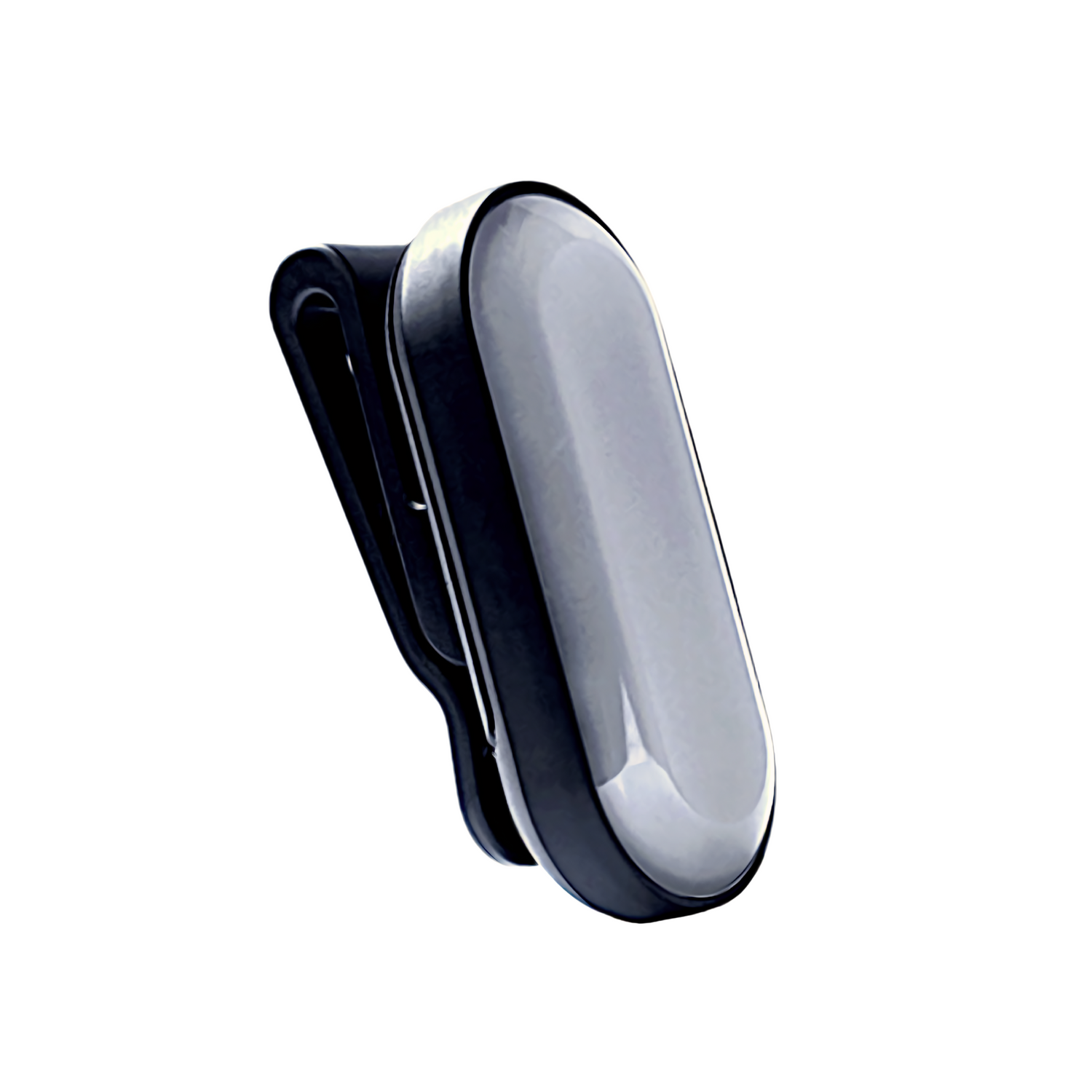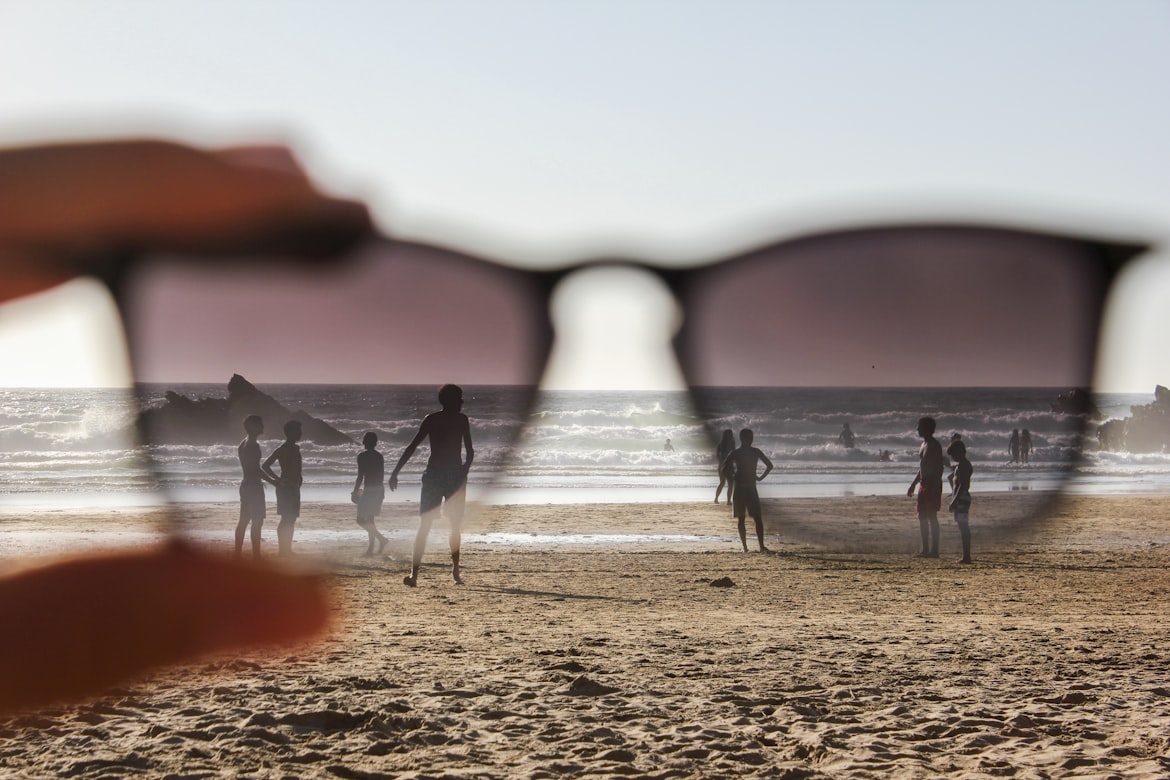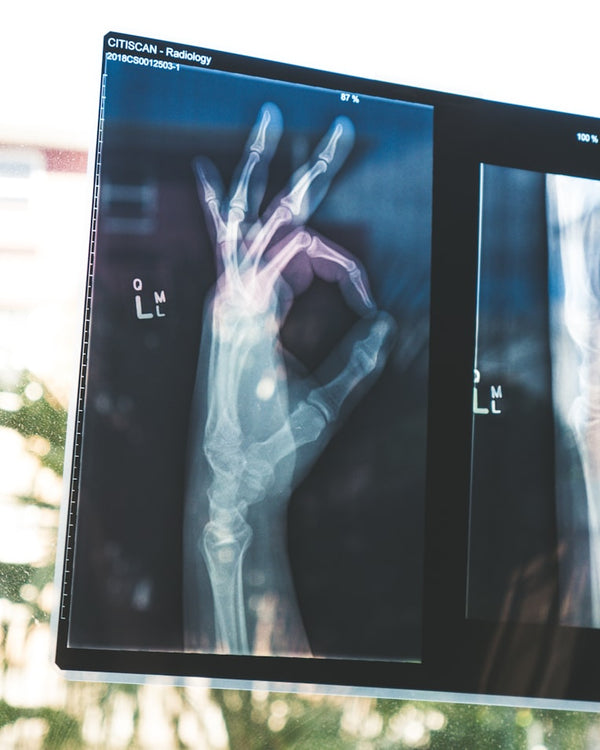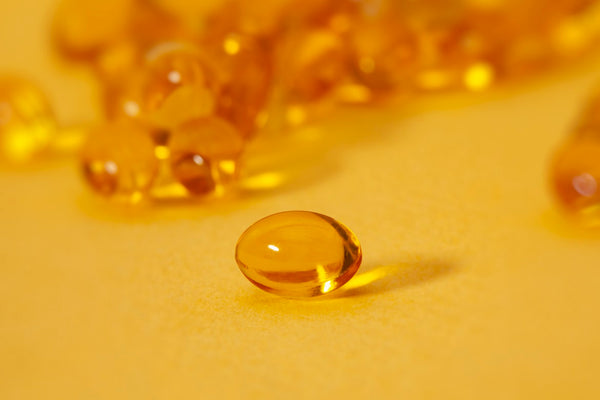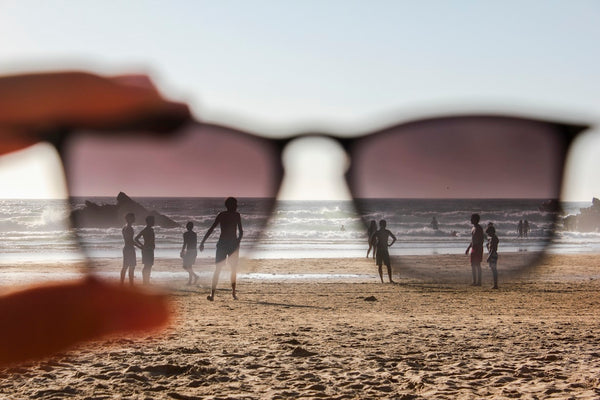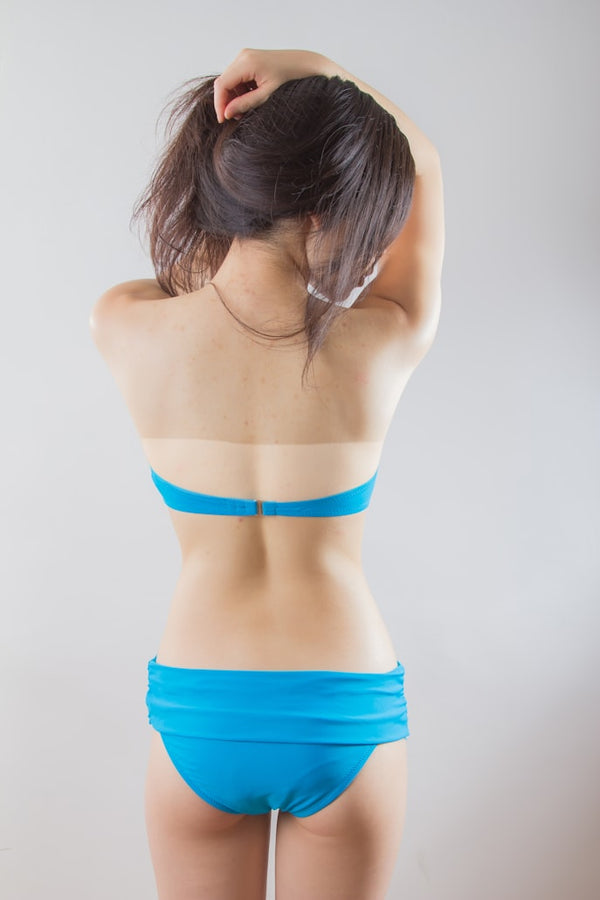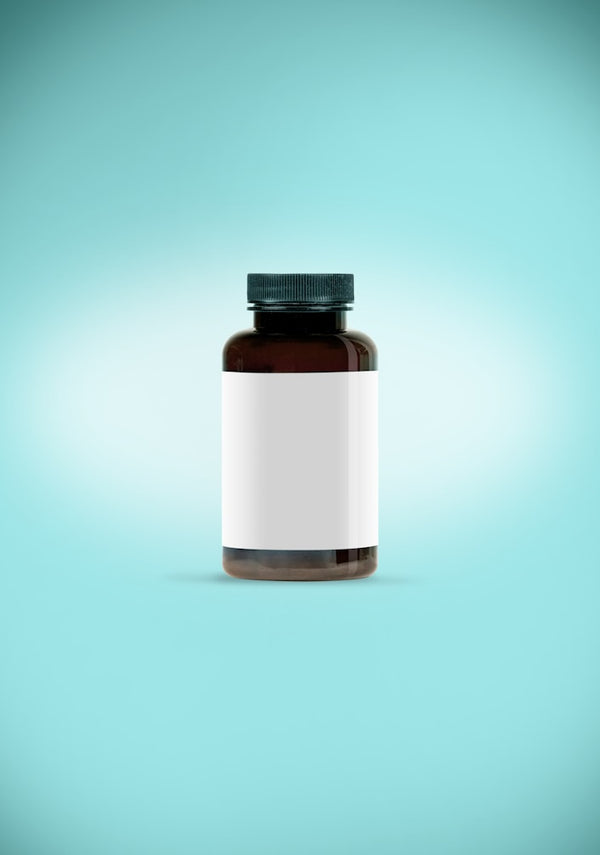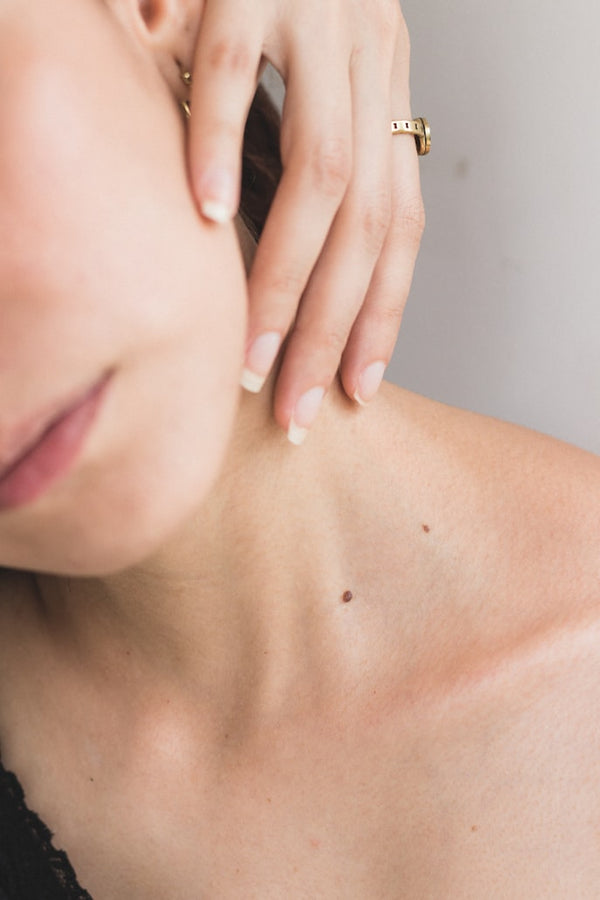The UV index is a measure of the intensity of radiation at a given moment. However, the effects of UV radiation depend on the total amount of UV to which the body is exposed. That actually means we need a measure to be able to state how high the amount of UV is that has accumulated in a certain period of time. This is where the UV dose comes into play. This is a measure of the total amount of radiation and is therefore suitable for estimating the effects on the human body. For example, a UV dose can be specified at which a person burns himself or at which he has received enough radiation for vitamin D production. However, these doses are highly individual and difficult to determine precisely.
In science, UV doses are usually given in mJ/cm². However, since this is a complicated unit of measurement, the unit of measurement UV index minutes is often used for communication with consumers.
UV Index Minutes
UV Index Minutes (UVIm for short) is a simpler measure of the amount of UV radiation you've been exposed to. That is, it indicates an amount of UV radiation that has accumulated over a period of time. This can be used, for example, to indicate how much total solar radiation you were exposed to over a day. Calculating the dose is not very difficult: just multiply the UV index by the number of minutes of exposure to that index to get the dose in UV index minutes. But with a constantly changing UV index, the exact calculation becomes more tedious. If you also switch back and forth between sun and shade, it gets complicated. Personal UV sensors can be of help here, measuring the UV radiation strength and automatically calculating the UV dose on an ongoing basis.
In sun-a-wear we use UVIm to indicate the radiation dose or to set a personal dose limit. The sun-a-wear app automatically calculates your UV dose in the background so that you can always check how much you have already received on the current day.
Further reading:
